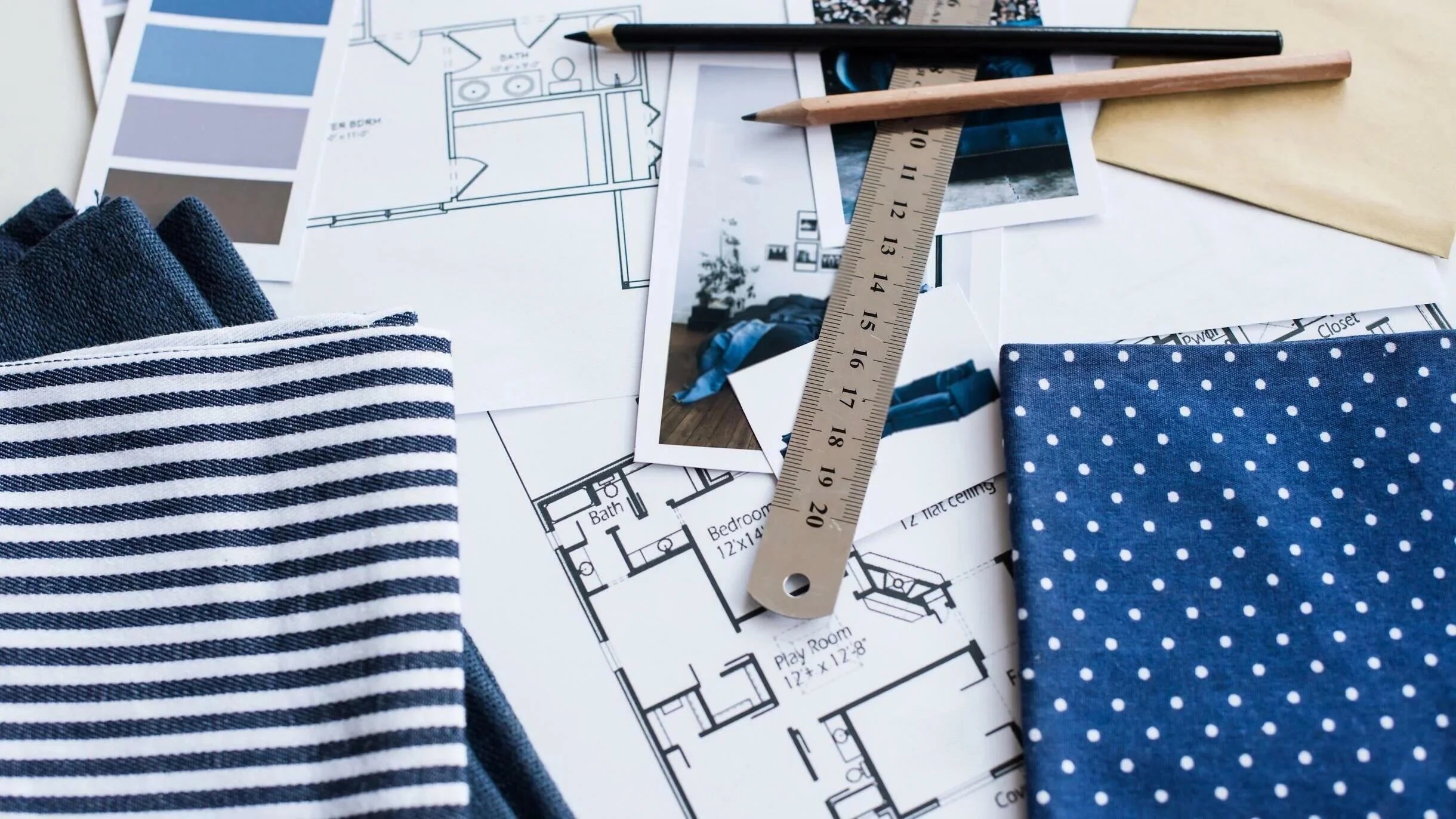Dear Sean,
I have a project that is nearing completion, and we’re about to enter the final sourcing phase: art and accessories. At this point, my clients are so over writing checks, even though we’re safely within the projected budget they agreed to at the outset. I get the sense that economic uncertainty is playing a role in addition to decision fatigue—they’re just ready to be done, and to stop paying for the project. What can I say to get them across the finish line with the final layer of items? And is there anything I can do to adjust my process so I don’t get stuck in this situation again?
Tired of Tight-Fisted Clients
Dear Tired of Tight-Fisted Clients,
It is just too easy to blame economic uncertainty and what is happening in the world when really it is just a bad business practice (yes, I said it) that is causing this trouble with your clients. Nobody cares about winning in the end when you are in the middle of a slog. As you say, decision fatigue coupled with a giant sucking sound from their wallet is enough to sour even the best clients. Simply, you are compounding pain at the very time they are experiencing the most pain, and for the life of me I have never understood why designers allow this to happen.
You are the professional in the room. You are supposed to know what it will take to finish a project well. I usually recommend leaving art off the table because what goes in the frame can vary, unlike where the frame goes. However, if you are tasked with sourcing art as part of your work, then you have to have a sense of what it will cost from the get-go.
What you are doing is like going to the grocery store for a client with a general budget in mind, but calling them every time you find an item so that they can Venmo you the money for each item as you find it. Sure, you will have the money for everything when you check out, but if you have not earned their trust to, say, go to the store with the $100 you said it would likely cost (and bring them the change if there is any), why are you going to the store on their behalf in the first place?
Do better for your clients by being the steward of their money, not the inadvertent nickel-and-dimer billing them for each individual purchase or batch of purchases. Simplify and front-load the money transfer process in a transparent and trustworthy way to prevent the constant pain of a thousand cuts.
This is where technology and banking practices can be an answer, especially for designers dealing with big(ger) production budgets. It is a “let the air out of the tires to get the truck out of the tunnel” solution that I would advise all designers to adopt.
The problem with taking in advance a set production budget that can total into the hundreds of thousands, if not millions (not even accounting for line-item pricing issues, which we will not tackle here), is that this money goes into most designers’ operating accounts and can literally be larger than the firm’s total annual revenue. That is a terrifying proposition for any client, even with the most forthright design firm. Software solutions that provide financial information to clients on purchases can be wonderful, but they are a fiction in that they do not represent the client’s actual funds, only an accounting.
A much better system is available today: You can easily set up a view-only account where a client’s funds can be deposited and spent down. Yes, it is still your firm’s account (and technically can be reached by your firm’s creditors), but a client can see their actual funds and receive deposit and withdrawal information from the bank anytime they want.
Why does it matter so much in your situation? Because if you are truly in the business of spending your client’s money and do not make money on that money—a model I strongly advise all designers adopt instead of the archaic commission model—then having the funds in a separate, viewable account comes with virtually no risk. Translation: There is no reason today why you would not get a project’s entire cost of production in advance—with a buffer. If you do not spend it, you can just give it back.
Or you can keep asking for money like Oliver asking for more gruel, and we all know how that worked out. When you know better, do better.
____________
Sean Low is the go-to business coach for interior designers. His clients have included Nate Berkus, Sawyer Berson, Vicente Wolf, Barry Dixon, Kevin Isbell and McGrath II. Low earned his law degree from the University of Pennsylvania, and as founder-president of The Business of Being Creative, he has long consulted for design businesses. In his Business Advice column for BOH, he answers designers’ most pressing questions. Have a dilemma? Send us an email—and don’t worry, we can keep your details anonymous.





























